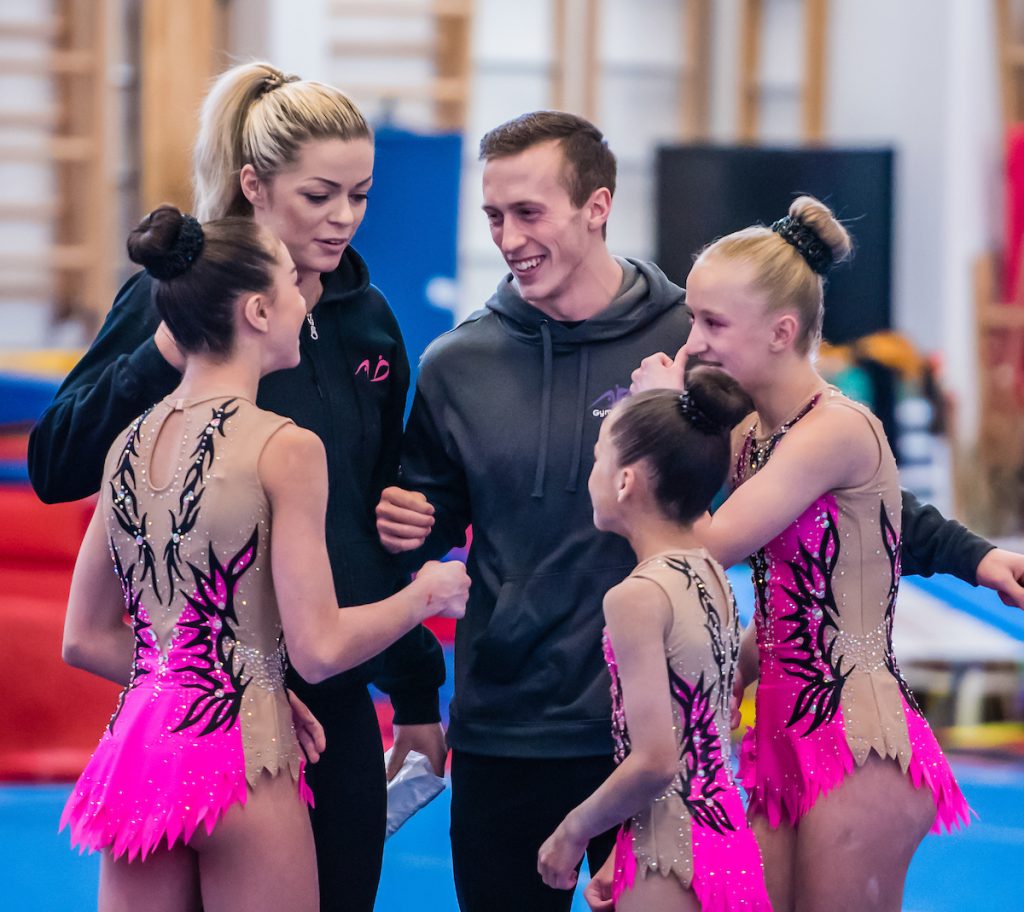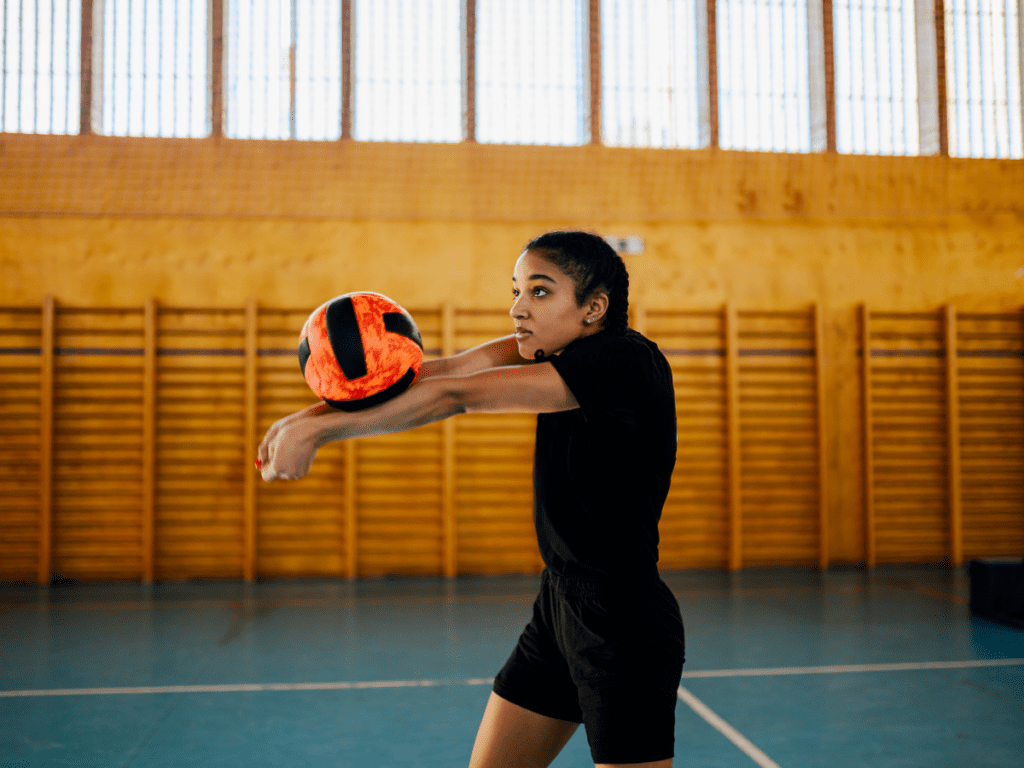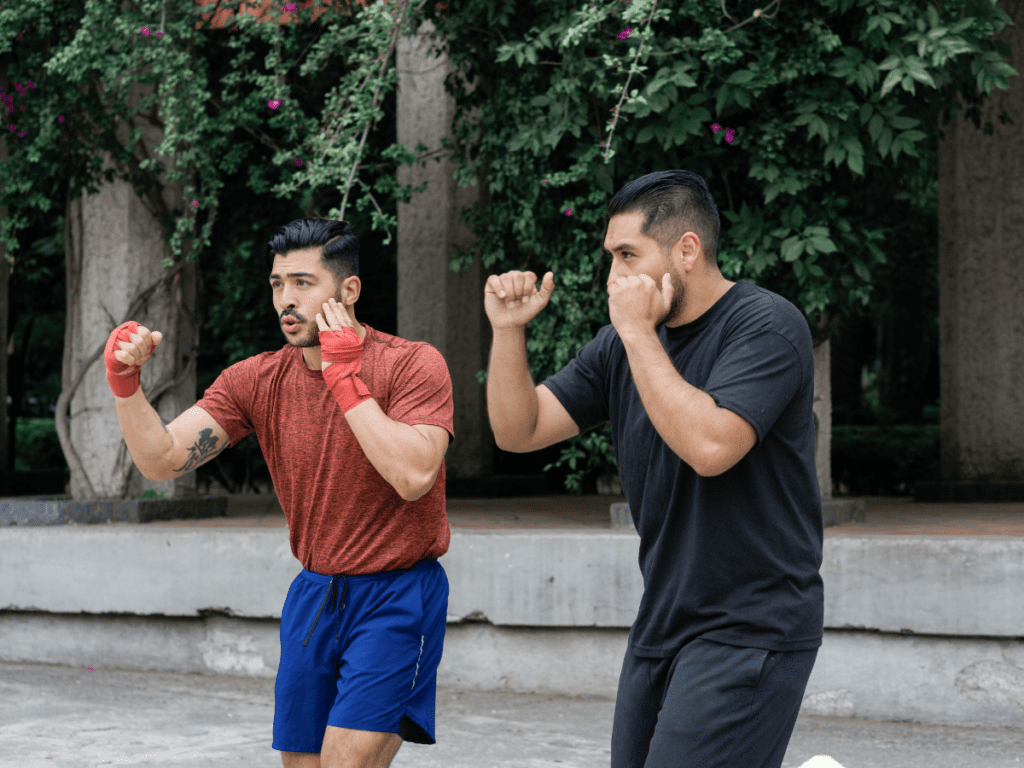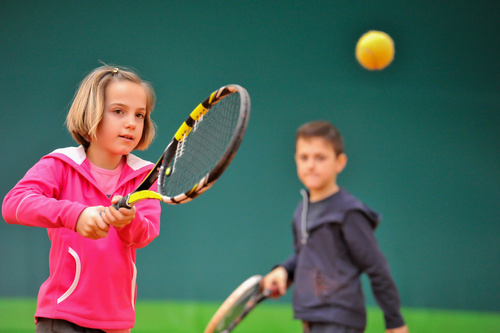A True Sport Journey: Gymnastics Canada’s new Values-Based Coaching Module

“Build the foundation. Create champions. Inspire the nation.” Although Gymnastics Canada’s (GymCan) mission statement refers to the sport of gymnastics, it could also describe their new project with the Canadian Centre for Ethics in Sport (CCES) to create a True Sport e-learning course for coaches. What is True Sport? If you’re involved in community sport,…
Comparison of the determining factors in adopting the Long-Term Athlete Development (LTAD) model for Canadian athletes among coaches from various sport disciplines

Summary of the project The purpose of this investigation is to determine the process for the adoption and implementation of the LongTerm Athlete Development (LTAD) model by coaches of various sports: soccer (n=116), ice hockey (n=43), figure skating (n=49), gymnastics (n=50) and cross-country skiing (n=36). A large majority of coaches from all the disciplines believe…
Infrastructure & expertise: A model to investigate effective training through long-term athlete development

Project Summary A Hockey Intervention Program (HIP) was established as an innovative vehicle to evaluate the infrastructure-athlete relationship for training athletes in the sport of ice hockey. This research examined both system level and athlete level factors that influence stakeholders’ decisions to access and/or integrate infrastructure into athlete development and how innovative infrastructure can best…
Factors in Adopting Long-term Athlete Development

Project Summary Purpose: Several studies have reported an age-related decline of physical activity (PA). We examined the impact of four transitional periods—adolescence, the beginning of post-secondary education, entry into the labour market, and parenthood—on the PA of participants in the Trois-Rivières quasi-experimental study. The objective of this project was to identify the contribution of each…
Small-sided Games and Goalies
Under the age of 12, Soccer Canada’s Long-Term Player Development (LTPD) model is built around small-sided games. A large body of research has demonstrated the benefits of this approach for players’ skills and confidence. However, little was known about the affects for goalies – until now. A new study has shown that goalies have more…
The Development of Executive Functions and Social and Emotional Learning Skills Through Sport
One of the biggest stories coming out of the 2018 Winter Olympics was the success of the Norwegian Team, who topped the overall medal count with 39 medals (7.33 medals/million population), compared to Canada’s third-place standing with 29 medals (0.81 medals/million population). In team rooms and in the media, everyone was asking “How did such…
Can we better Retain Sport Officials by Asking Them to Do More? The Opportunity of “Stage-appropriate Officiating”
Having and keeping enough qualified officials is a challenge for many sport organizations. Could we retain them by asking them to do more? It may seem counter-intuitive, but research into the challenges faced by sport officials and what motivates them suggests “stage-appropriate officiating” may provide an opportunity to retain officials while supporting quality sport experiences…
Long-Term Athlete Development: A Primer for Coaches, Athletes, and Parents

The Long-Term Athlete Development (LTAD) Framework was developed by Sport For Life to address several problems and gaps affecting low participation and excellence in Canadian sport, such as lack of fun, burn-out, poor skill development, and failure to reach optimal performance. Now applied by countries worldwide, LTAD provides guidelines for the “when” and “what” of…
THE DEVELOPMENT OF PARALYMPIC ATHLETES IN CANADA

SIRC is pleased to be working together with Sport Canada to share current research on topics informing policy and promoting quality sport programming. This week we are sharing highlights of a recent article examining THE DEVELOPMENT OF PARALYMPIC ATHLETES IN CANADA. How Countries Identify, Recruit, and Prepare Future Athletes for the Paralympics: Case Study –…
THE SKILLS TAUGHT BY VOLLEYBALL COACHES AND THEIR RELATION TO LONG-TERM ATHLETE DEVELOPMENT

SIRC is pleased to be working together with Sport Canada to share current research on topics informing policy and promoting quality sport programming. This week we are sharing highlights of a recent article reviewing a research study on THE SKILLS TAUGHT BY VOLLEYBALL COACHES AND THEIR RELATION TO LONG-TERM ATHLETE DEVELOPMENT. Skills trained by coaches…